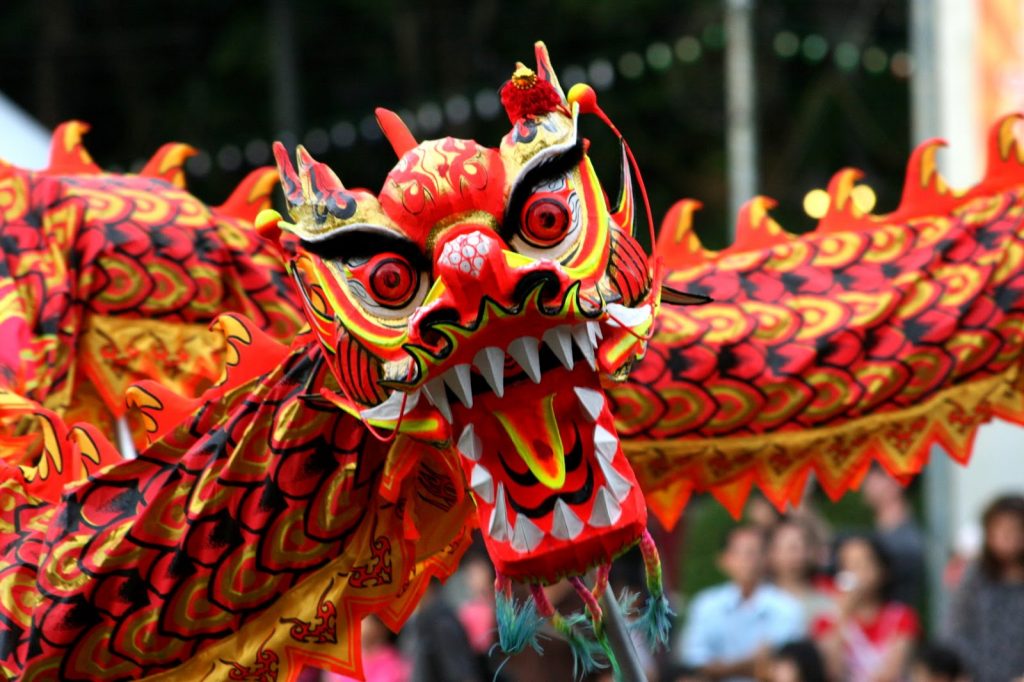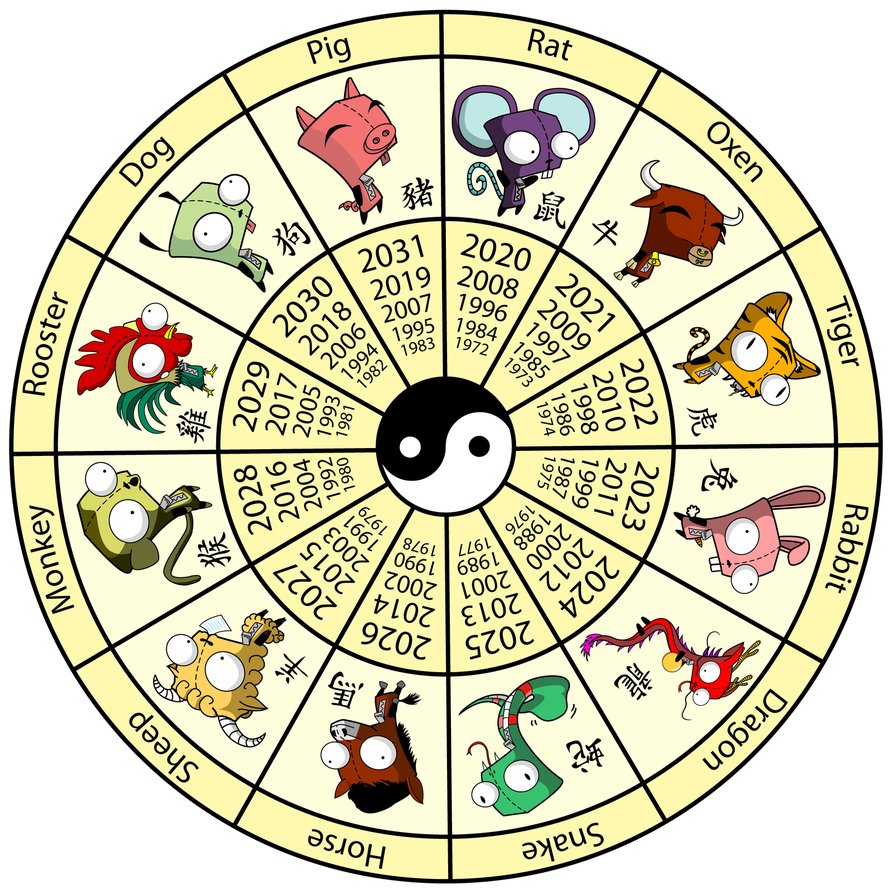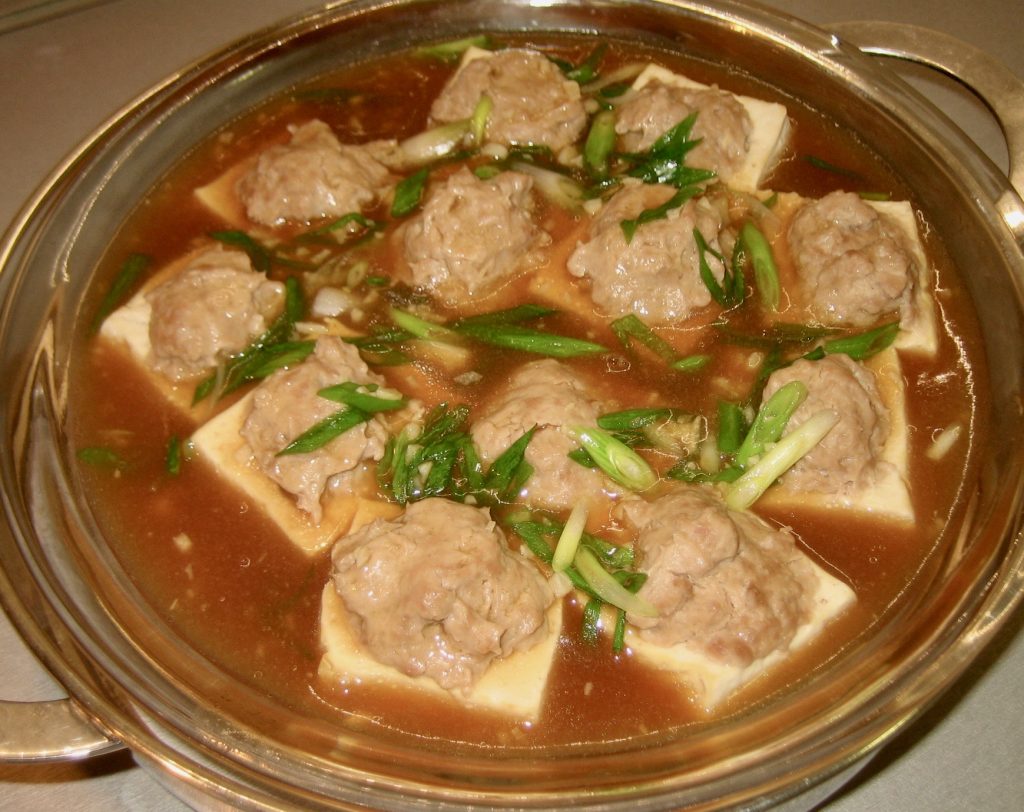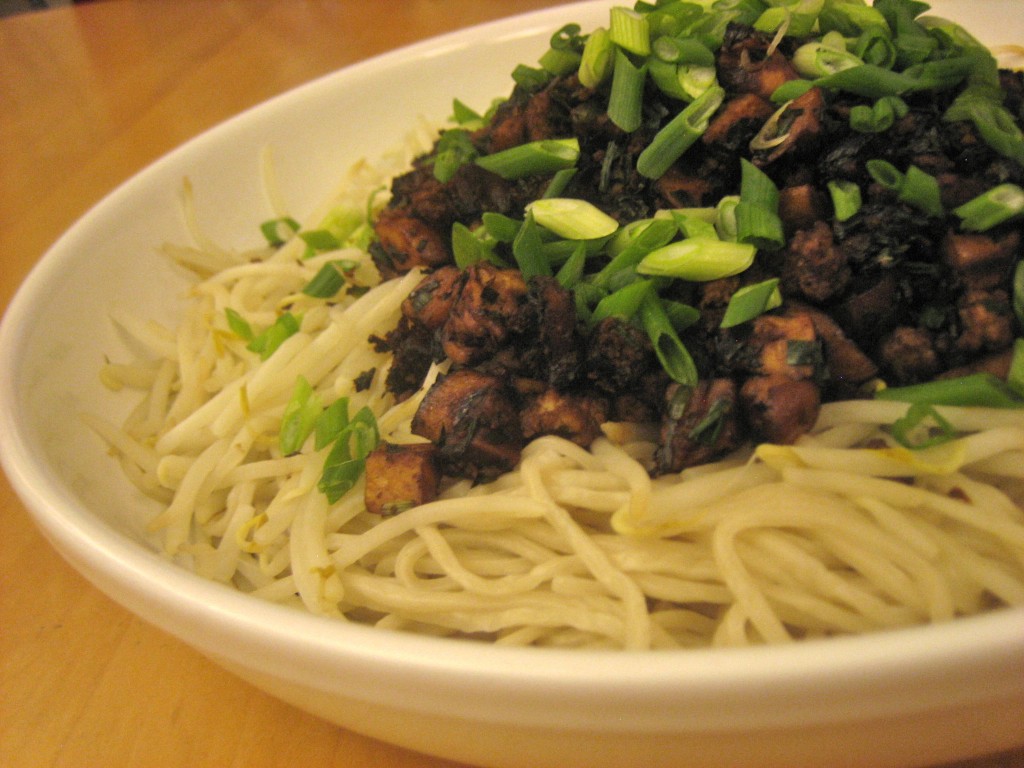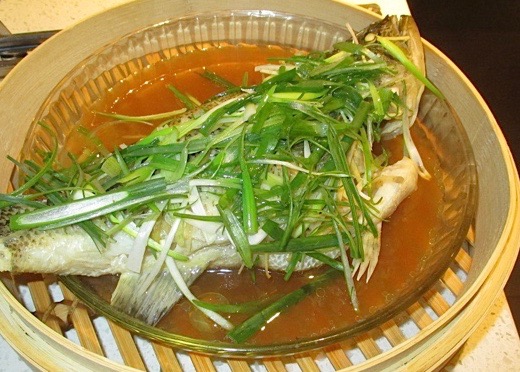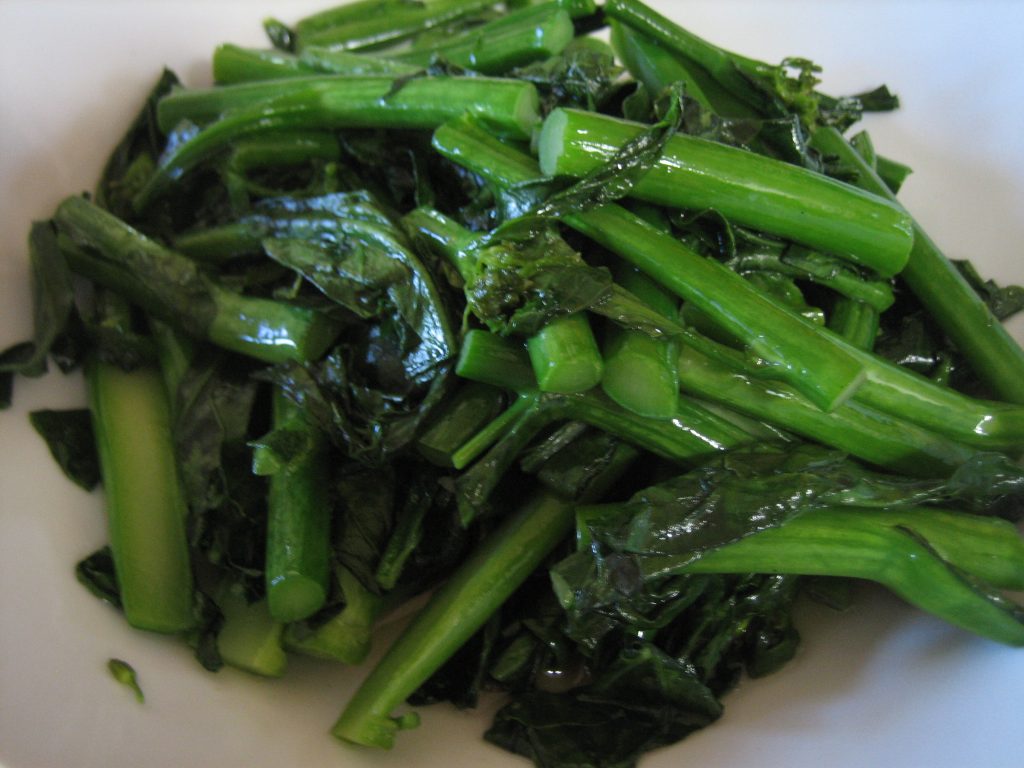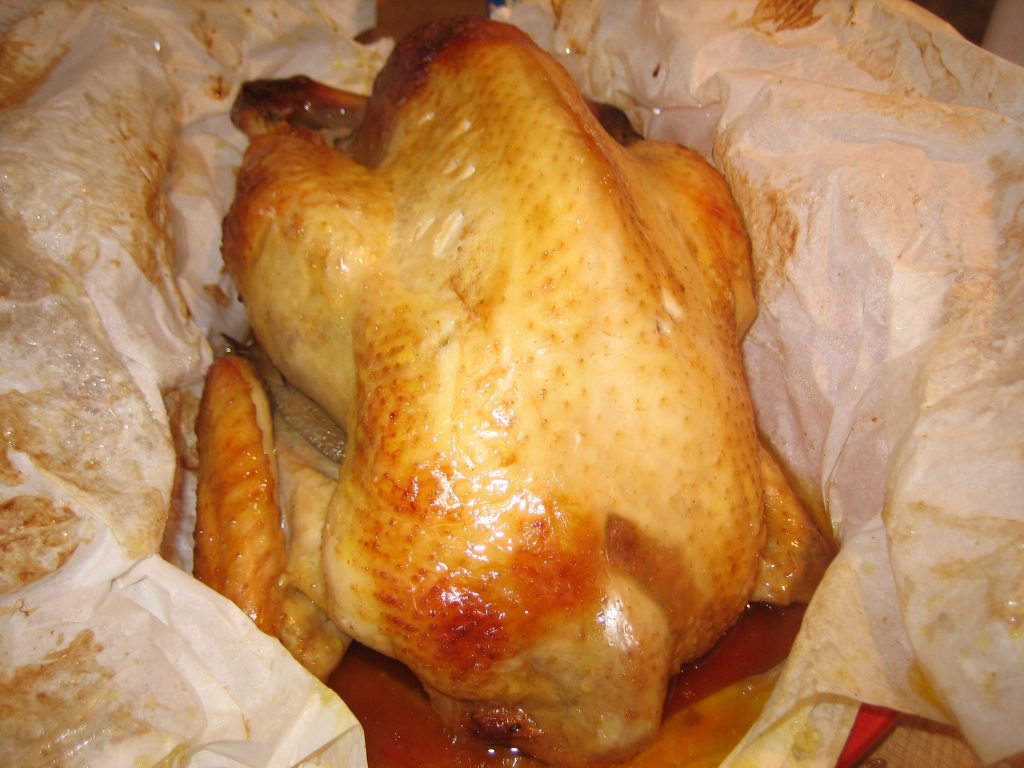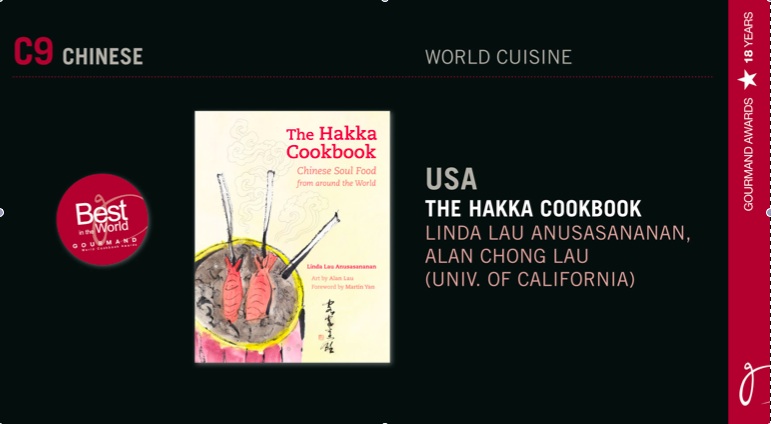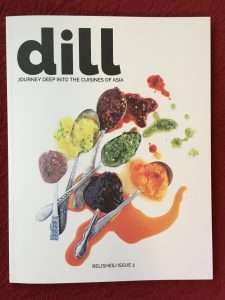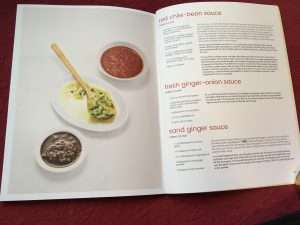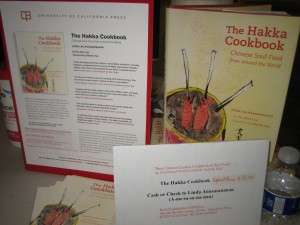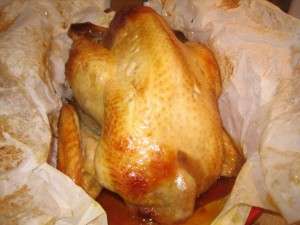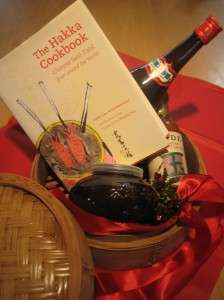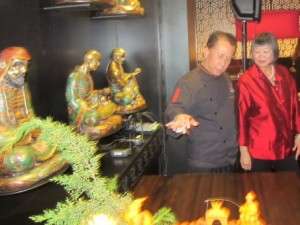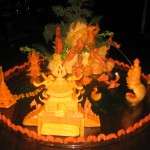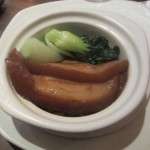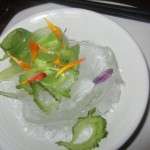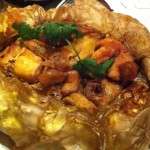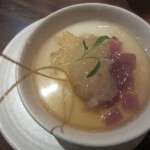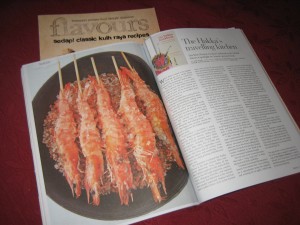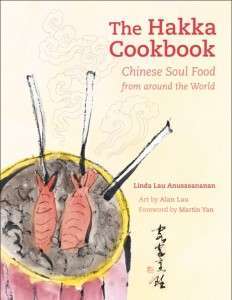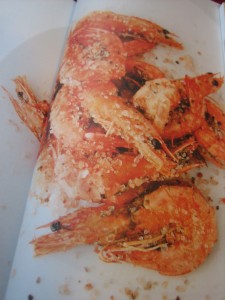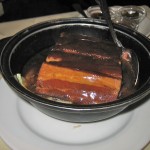July 31, 2022: Unfortunately this restaurant looks like it has closed. Please let me know, if it has moved or re-opens

Closed????
Please let me know if it has moved or reopens.
It’s rare to find a Hakka restaurant in Northern California. We were lucky last week when we discovered Hakka Cuisine located in Fremont, California. Although I read about the restaurant in the San Francisco Chronicle’s Chinese Regional Guide a few years ago, I had not yet tried it. I’m so glad we stopped by when we were in the area. Although we only tried a few dishes, Hakka Cuisine will bring me back with its comforting home-style dishes. With strong direct flavors, a bit of salt and fat, and generous use of all parts of the pig, this menu echos traits often found in Hakka cuisine, especially in Taiwan and Canton.
Hakka Salt-Baked Shredded Chicken
An earthy sauce made with camphor-scented sand ginger (aka ground galangal) generously coats coarse shreds of moist chicken attached to bits of smooth, silky skin. Hidden underneath, a bone-in wing and a section of the back bone, prop up the mound of boneless chicken and offer the bone lover, as I am, gnarly pieces to chew on. Other restaurants usually serve this Hakka classic as bite-sized pieces of bone-in chicken with a meager portion of sauce on the side. I like Hakka Cuisine’s easier-to-eat and more flavorful saucy presentation. I’m a bone lover, so I even appreciate the extra bones to chew on. Nothing fancy about the accompanying cabbage dotted with roasted peanuts, it is just simple comfort food that I can’t stop eating.
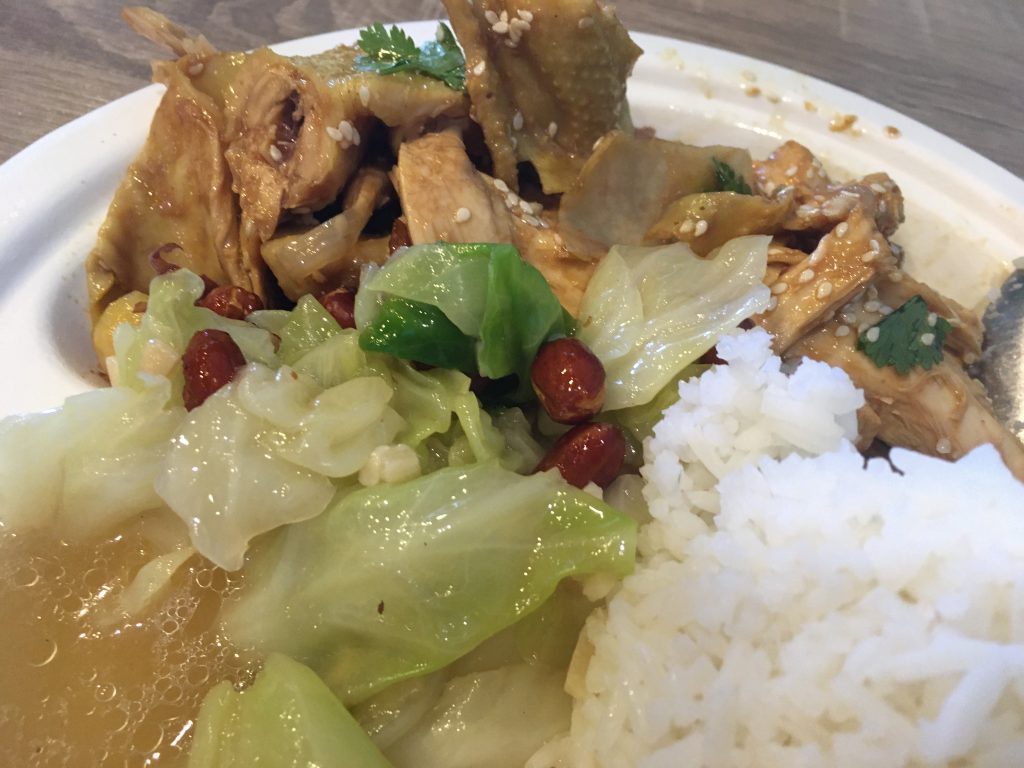
House Special Braised Pork Belly
Chunks of pork belly braise in a dark sauce until soft, succulent, and infused with a sweet salty flavor. The glossy morsels melt in our mouths. Sop up the plentiful sauce with the rice and cabbage.
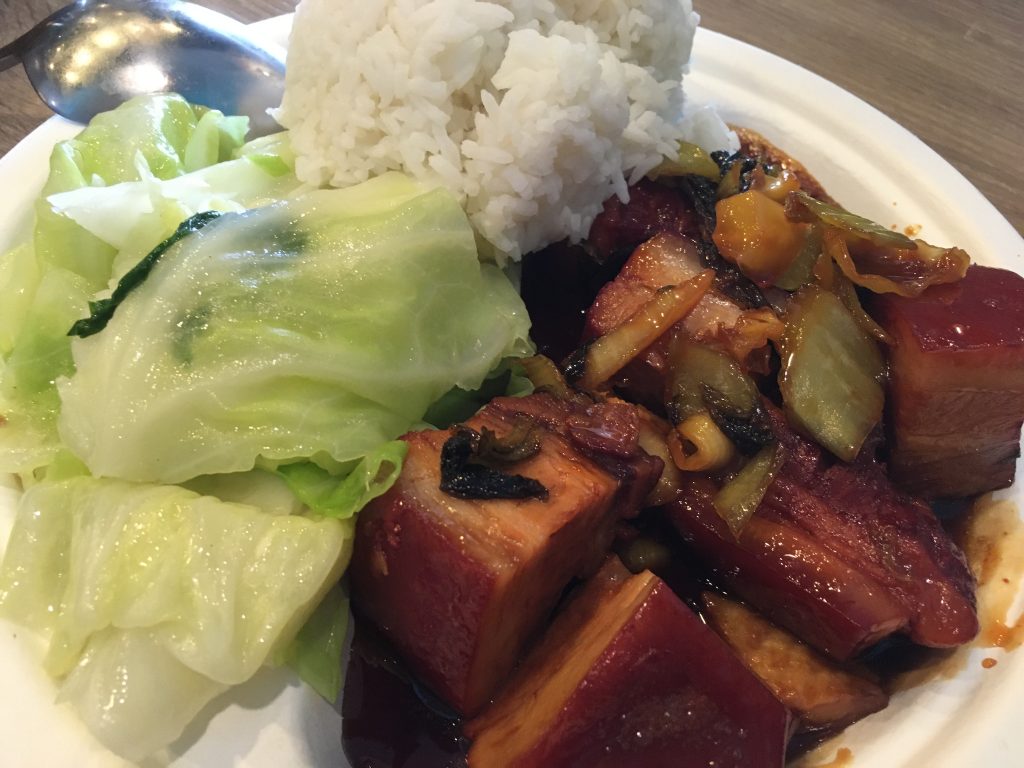
Hakka Pork Dumplings with Egg Skins
The pork dumplings with the egg skins catch my eye on the menu. I have seen similar dumplings posted on Facebook but have never eaten them before. Small, rather thick egg pancakes loosely enclose a pork filling. The dumplings float in a comforting, deeply satisfying white broth, laden with carrots and bean thread noodles, enlivened with white peppercorns. The flavor of fried egg imbues the broth with warm familiarity.
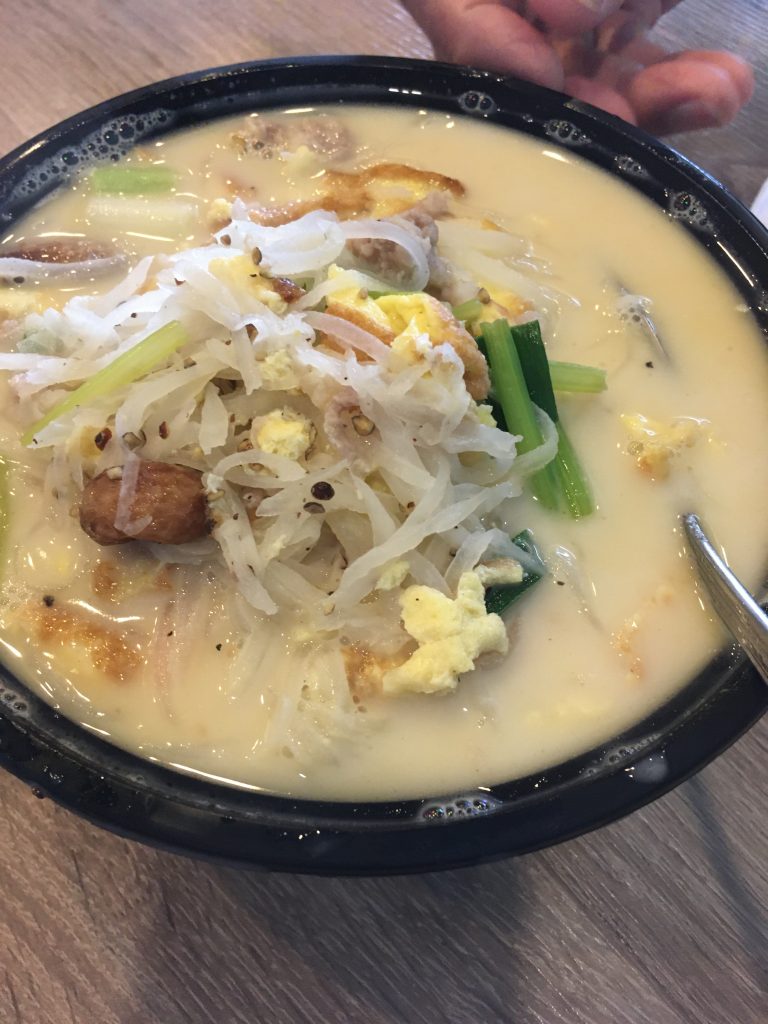
More to try
We can’t wait to return to try more…perhaps the Pan-fried Stuffed Tofu, Steamed Pork Ribs with Sticky Rice, Emperor Chicken with Scallion Sauce, Braised Pork with Preserved Vegetables, Lion Meatballs, Golden Braised Pork Feet and so much more. Explore the menu.
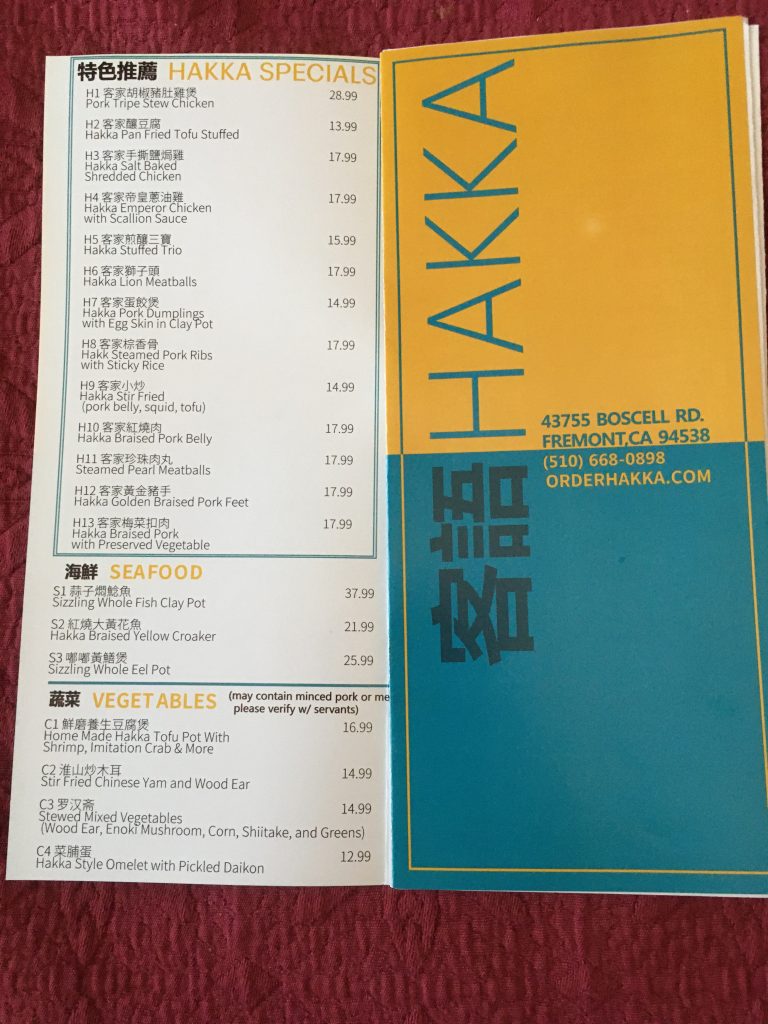
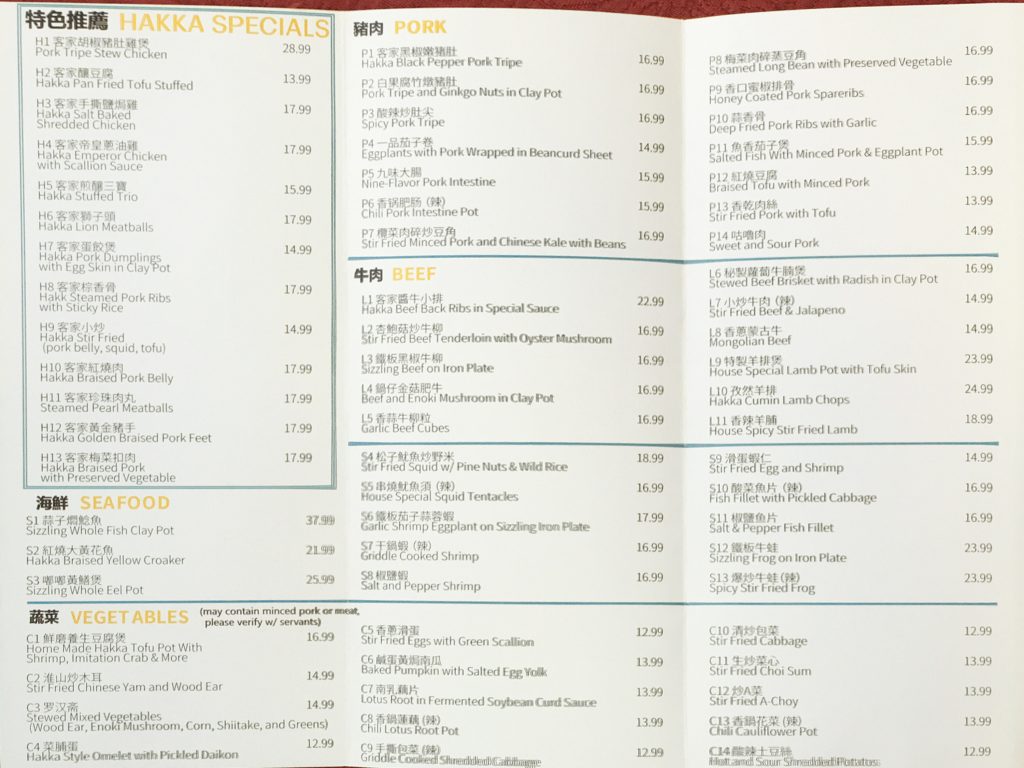
July 31, 2022: Unfortunately this restaurant looks like it has closed. Please let me know, if it has moved or re-opens.
Hakka Cuisine
43755 Boscell Road (near Auto Mall Parkway)
Fremont, CA 94538
510 668 0898
https://www.orderhakka.com/

